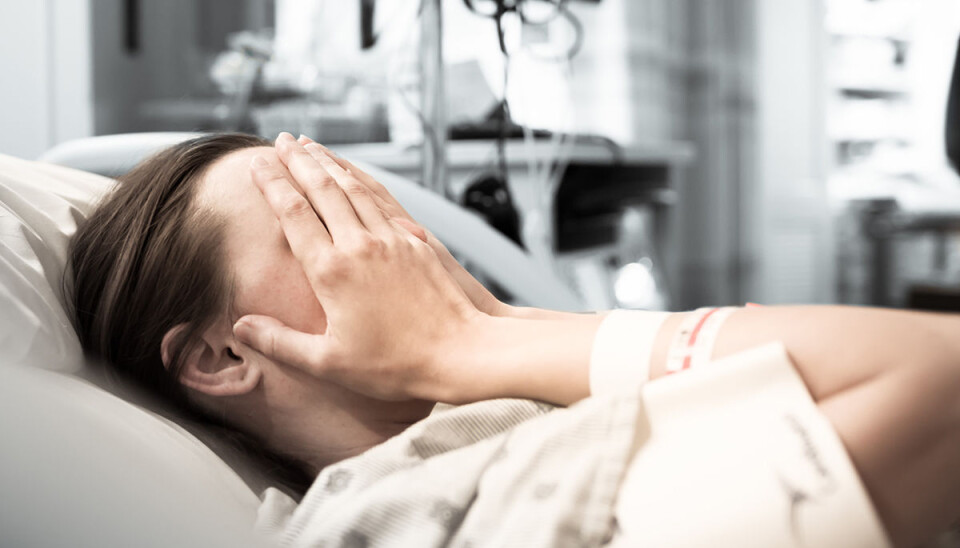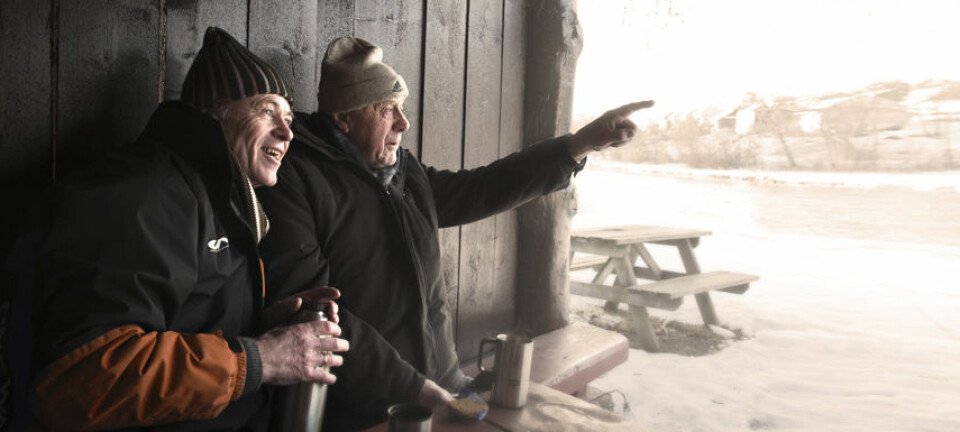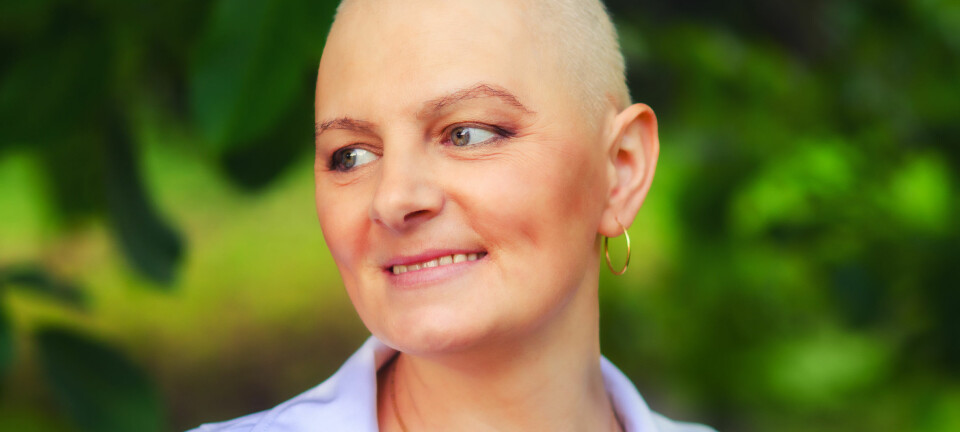
Patient inclusion is key to fixing health inequality
A new study investigates how inequality affects patient treatment and experiences.
Imagine you’re about to assemble three different pieces of IKEA furniture simultaneously. You have the manuals and you have the materials, yet most people still find it to be an annoying task and struggle to get an overview of it – increasing the likelihood of making a mistake.
This is exactly the feeling that many elderly people with chronic disease experience when they have to follow complex treatment plans.
But while most people can relate to the frustration of assembling a piece of IKEA furniture, it is generally seen as a shameful thing to ask for help with treatment, medicine, and care.
That is the conclusion of my research project where I followed 13 elderly patients over the course of a year to investigate how we can best prevent health inequalities.
We must learn how inequality is experienced
We know that social inequality is connected to education, economy, and age. Health inequality refers to the fact that certain groups of people die earlier than others.
A Danish man on low income, for example, dies almost ten years earlier than a man with a high income. And a diabetes patient with a primary school education has a 26 per cent increased risk of dying early compared to a diabetes patient with higher education (college or university). The place you live also influences your health.
And if you’re in the group of people who suffer from more than two chronic diseases, then you’ll get less out of your treatment than people who only suffer from one disease. This is particularly due to the complexity of the treatments that patients with multiple chronic diseases undergo.
The large group of citizens with a lower health profile represent a high expense for a society with universal health care due to the costs of treatment, care, and support.
The 13 participants in my study are elderly, less educated, on low income, and suffer from a minimum of three chronic diseases. For those reasons, they are a good place to start if we want to understand health inequality.
We know a whole lot about the effects and consequences of health inequality, but less about how it is experienced and affects our relationship to body and disease – and that is important if we want to facilitate more health equality.
More disease, more uncertainty
Tove is 76 years old and has struggled with the aftereffects of a childhood infection throughout her entire life. Over the last two decades, additional diseases have appeared: blood clots, depression, increased blood pressure, gastrointestinal diseases, migraines, and back pain.
Every day, Tove has to take six different types of medicine, eat at fixed times, and do certain exercises. But she struggles with the complex routine:
“I’m afraid of the medicine – to take it without food, because that’s what you’re supposed to. But I have to eat every three hours, so that I don’t get stomach cramps. And if I forget the medicine – which you sometimes do – then I don’t know what’s most important … I’m terrified of doing something wrong.”
Who should help?
We often associate health inequality with certain negative social categories and stereotypes – but this is far from reality.
More than half of all Danes above 65 years of age suffer from multiple chronic diseases. Health inequality can affect us all.
Tove is well-functioning and has many resources available to her. But as a retired cashier it can be difficult to attain the necessary biomedical knowledge about the treatments she is receiving – so instead, Tove does what she thinks is correct.
Sometimes, it goes wrong, like the time she had to cancel on her grandchild’s confirmation because she had not taken some of her medicine in time.
Tove does not receive the optimal treatment because she cannot get an overview of the many different treatment plans. That leads to additional diseases – and inequality.
When Tove asks the doctor for help, “they just say that they only have knowledge of ‘their own’ disease [their speciality], and that I have to speak to another doctor about it. But who?”
Most of the time Tove does not ask for help. She has looked after herself all her life, she took care of her husband before he died, and she still helps her children and grandchildren as much as she can.
She is embarrassed if the doctor has to spend extra time with her. According to my data, this is a very common perception.
We don’t want to appear ‘stupid’
Central to the Danes’ health identity is a desire to appear responsible and knowledgeable. That does not mean we arrange our lives in accordance with the official health guidelines, but that we want to make our own decisions when it comes to our health.
My research unfortunately shows that the fear of appearing ‘stupid’ often means we do not ask the doctor when something is unclear or confusing.
Else, 72, suffers from a lung disease, arthritis, type 2 diabetes, and has had two clots in the heart. She has worked her entire life at her and her husband’s farm, and tries to follow the treatments to the best of her ability.
Else has only received seven years of primary education and it is important for her to not appear as if she doesn’t know anything. During a consultation with her arthritis doctor, he advises her to wear ‘soft’ shoes.
After the consultation, we talked about what he might have meant, and I asked her why she didn’t ask him. But Else felt like she had already asked too much and says, “I don’t want to seem stupid.”
Yet Else still feels that she struggles to be taken seriously. She tells me about her attempts to get an extra appointment at the hospital, but that the nurse said her symptoms were not severe enough and that she had to wait.
Even though Else does not use the word “inequality,” her experiences mean that she starts to doubt her understanding of her own body. One might fear that she won’t later on react to her own instincts.
People can benefit more from health services
If we can create enough attention around the issues of health inequality in everyday life, it would be easier to intervene and facilitate more equality.
We would never let Tove or Else attempt to assemble all three IKEA pieces on their own. We would help them. A similar approach needs to be taken with treatment plans – because, as my study shows, this is where inequality is often experienced.
In accordance with previous research of patient experiences, my study also shows that if patients are included in the planning of their treatments there is a lower risk of dropout later on.
One can imagine a situation where Tove or Else sit down with their doctor and talk about what is important to them and what needs to be prioritised.
If it is done in accordance with evidence-based methods such as shared decision making, then it will be Tove’s personal knowledge of her body, her own values, and social circumstances, which form the basis of the treatment plan.
This also means that Else won’t need a higher education to understand information about treatment options and risks. And she will not be ashamed of asking for help – because that will be an integrated part of the consultation. That way, she will get more out of her treatment.
We cannot eliminate health inequality completely, but we can take the first step in the right direction and make a difference where inequality is experienced.
Else and Tove are fictitious names and certain information has been changed to protect their identity.
----------------
Read this article in Danish at ForskerZonen, part of Videnskab.dk
Translated by: Kristian Secher








